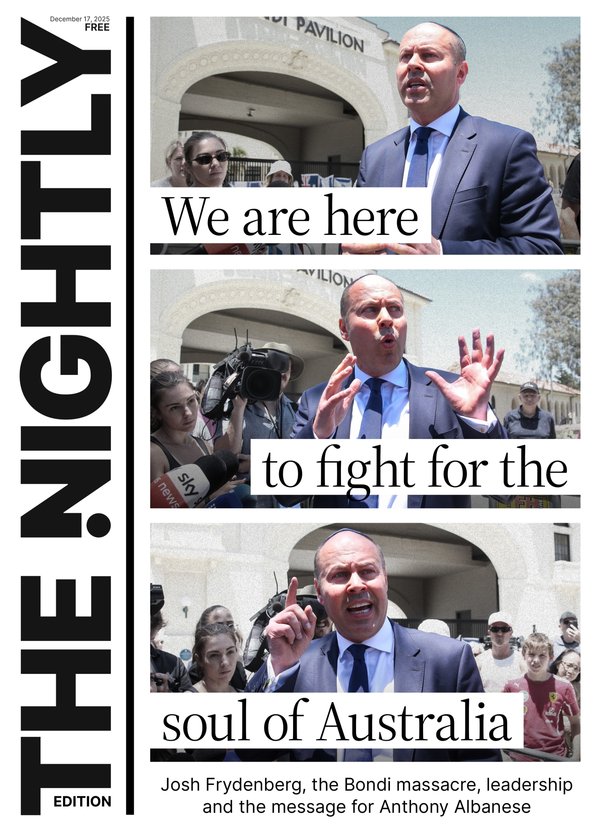Refinance with rate cuts, eased rules and strategic options

After two years of record-breaking refinancing activity, the home loan landscape in 2025 looks very different.
While refinancing remains a major trend, with more than 100,000 households switching their loan in the last quarter alone, the drivers, opportunities, and challenges for borrowers are changing.
Sign up to The Nightly's newsletters.
Get the first look at the digital newspaper, curated daily stories and breaking headlines delivered to your inbox.
By continuing you agree to our Terms and Privacy Policy.According to Christian Stevens, mortgage strategist at Flint, the era of quick wins and cashback incentives is giving way to a more strategic approach.
"The refinancing boom of 2023 and 2024 was all about urgency. People were rolling off fixed rates and scrambling for relief," Stevens said.
"In 2025, the focus has shifted. Rates are coming down, borrowing power is improving, and serviceability rules are easing. But borrowers need to think beyond the lowest headline rate and consider the structure of their loan."
Rate cuts open new opportunities
The Reserve Bank has already cut interest rates three times in 2025, each by 25 basis points. With every cut improving borrowing power by around 2.5 per cent, households now have 7.5 per cent more serviceability capacity than at the start of the year.
"That shift is significant," Stevens said. "For some borrowers, refinancing isn't just about saving on repayments, it's about regaining flexibility, consolidating debt, or restructuring a loan to fit long-term goals."
Serviceability tests ease mortgage prison
During the refinancing boom, many borrowers were trapped in so-called "mortgage prison," unable to switch lenders despite meeting repayments. That's changing in 2025.
"Most banks are now applying a one percentage point buffer when assessing refinancing applications, compared with the three points used for new loans," Stevens explained.
"Combined with the RBA's rate cuts, that has made it much easier for homeowners to move and secure a sharper deal."
Unlike 2023 and 2024, when banks competed aggressively for refinancing customers with cashback offers and headline-grabbing discounts, the market in 2025 is more subdued.
"Cashbacks have all but disappeared," Stevens said.
"Rates are still competitive, but the big upfront bonuses are gone. Borrowers now need to look closely at fees, discharge costs, and the long-term structure of their loan."

Strategy replaces speed
Stevens said the new refinancing environment calls for more thoughtful decision-making.
"Do you fix part of your loan now, or stay variable to capture further cuts? Should you consolidate debts, or keep them separate? Do you switch banks, or negotiate harder with your current lender? These are the questions homeowners need to be asking," he said.
For borrowers who refinanced during the boom, Stevens warned against complacency.
"Even if you switched to a great deal in 2023 or 2024, that loan may not be competitive anymore. Banks count on loyalty, but it rarely pays. Refinancing is still worthwhile, but it's about the right structure, not just the lowest rate."
Looking ahead, Stevens said homeowners should treat refinancing in 2025 as a long-term financial strategy, not a quick fix.
"The opportunities are still there, but the game has changed. Borrowers need to approach refinancing with clear eyes and a focus on what works for their personal situation."

Originally published as Refinance with rate cuts, eased rules and strategic options
